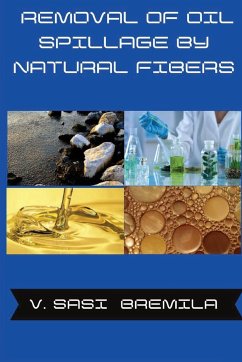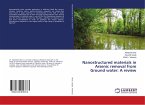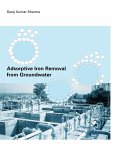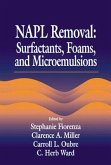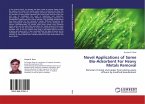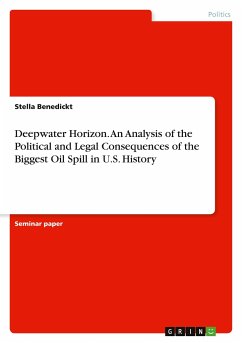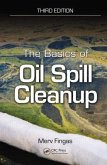The origin of crude oil, causes of oil spills, effect of oil spills on seawater, coastal wildlife, soil, and society, methods of oil spill clean-up and recovery, limitations of oil spill clean-up methods, the role of magnetic nanomaterials spillage removers have been reviewed in Chapter 1¿¿. ¿The scope of the present investigation is the development and characterization of maleic anhydride grafted polypropylene anchored magnetic cellulose nanofiber-composites of bamboo strips, banana peels, pineapple leaves, and rice husk as oil spill removers. Isolation of cellulose nanofibers from natural materials like bamboo strips, banana peels, pineapple leaves, and rice husk, preparation of carboxylated cellulose nanofibers, synthesis of Fe3Q4 nanoparticles, magnetic cellulose nanofibers, silane grafted magnetic cellulose nanofibers, maleic anhydride grafted polypropylene anchored magnetic cellulose nanofiber nanocomposites are explained in Chapter 3. The experimental procedures for the study of Physico-chemical, X-ray diffraction analysis, particle size analysis, magnetic, thermal, and morphological properties of the nanofibers and nanocomposites are also presented in Chapter 3. In addition, the procedures for the study of contact angle measurements and oil absorption capacity of various composites are presented in Chapter 3.¿¿The condensation reaction between Fe304 NPs and carboxylated bamboo cellulose nanofibers is confirmed by the disappearance of OH stretching vibrations of Fe3O4 NPs and CBCNFs by FTIR spectra. Similarly, the amidation between the maleic anhydride and silane-grafted magnetic cellulose nanofibers are confined by the appearance of carbonyl amide stretching vibration in FTIR spectra. The amide bond between maleic anhydride and silane-treated magnetic cellulose nanofibers provides a good distribution of magnetic cellulose in the PP matrix. Microcrystalline bamboo cellulose and its carboxylated nanofibers are analyzed by XRD. During carboxylation, the crystal structure of cellulose was slightly destroyed which was confirmed by XRD. The size and structure of Fe3O4 NPs, MBCNFs, and MAPP-a-MBCNFs were confirmed by XRD. The DLS analysis shows that the primary size range of bamboo cellulose nanofibers is 06 - 80 nm, and the average diameter of the particles is 35 nm. The TEM analysis indicates that the average size of bamboo cellulose nanofibers is greater than 50 nm which is due to the secondary particle aggregation. TEM analysis also indicates that the average diameter of Fe3O4 NPs is 18 nm. The hydrodynamic diameter measured by DLS to MAPP-a-MBCNFs nanocomposite before and after oil absorption shows that more than 100% oil is absorbed on the surface of the MAPP-a-MBCNFs.
Hinweis: Dieser Artikel kann nur an eine deutsche Lieferadresse ausgeliefert werden.
Hinweis: Dieser Artikel kann nur an eine deutsche Lieferadresse ausgeliefert werden.

